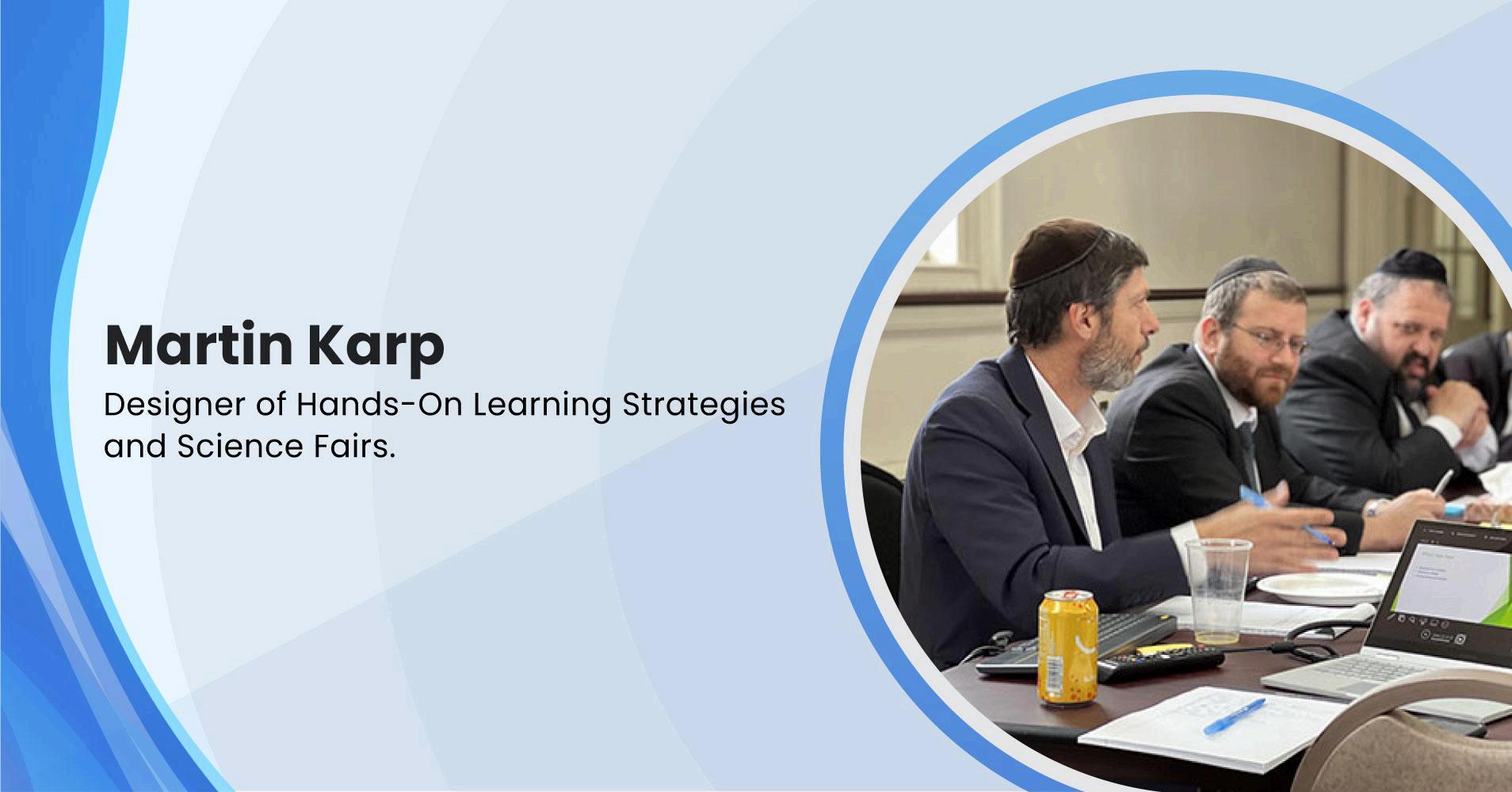Martin Karp: The Science Behind Why Hands-On Learning Works Better

Martin Karp suggested that for decades, educators have debated the most effective methods for helping students learn While lectures and textbooks provide valuable knowledge, research consistently shows that hands-on learning leads to deeper understanding and longer-lasting retention. This approach, often referred to as experiential learning, engages multiple senses and cognitive processes, making it more effective than passive study alone
At its core, hands-on learning taps into how the brain naturally processes information When students physically engage with materials whether through experiments, building projects, or simulations they activate more regions of the brain. Motor skills, sensory input, and problem-solving areas work together to strengthen the neural pathways that store information This multi-sensory engagement means that knowledge is not just heard or read but experienced, making it easier to recall later.
Another scientific explanation lies in the principle of active learning Psychologists have found that when learners actively participate, they move from surface-level memorization to deeper cognitive processing For example, conducting a science experiment helps students apply abstract concepts in real-world situations. This bridge between theory and practice not only reinforces understanding but also builds critical thinking and problem-solving skills abilities essential for lifelong learning
Memory research also supports the effectiveness of hands-on learning. Studies in cognitive psychology highlight that people remember information better when they “do” rather than “see” or “hear.” This is often referred to as the “learning by doing” effect. By practicing tasks and solving problems actively, students create stronger memory cues, making it easier to retrieve information during tests or in future applications
Hands-on learning also nurtures engagement and motivation, which are vital for sustained achievement When students work collaboratively on projects, design models, or explore through trial and error, they become more invested in their learning. The sense of ownership and accomplishment enhances confidence and sparks curiosity, encouraging them to delve deeper into topics
Moreover, this method prepares students for real-world applications In careers ranging from engineering to healthcare, success often depends not just on knowing facts but on applying knowledge in practical, sometimes unpredictable situations Hands-on learning mirrors these challenges, providing students with the opportunity to practice adaptability and resilience in a safe environment.
The science is precise: hands-on learning works better because it aligns with how the brain learns best through experience, practice, and active engagement. By combining knowledge with action, students acquire skills that endure beyond the classroom, preparing them not only to pass exams but also to thrive in life
